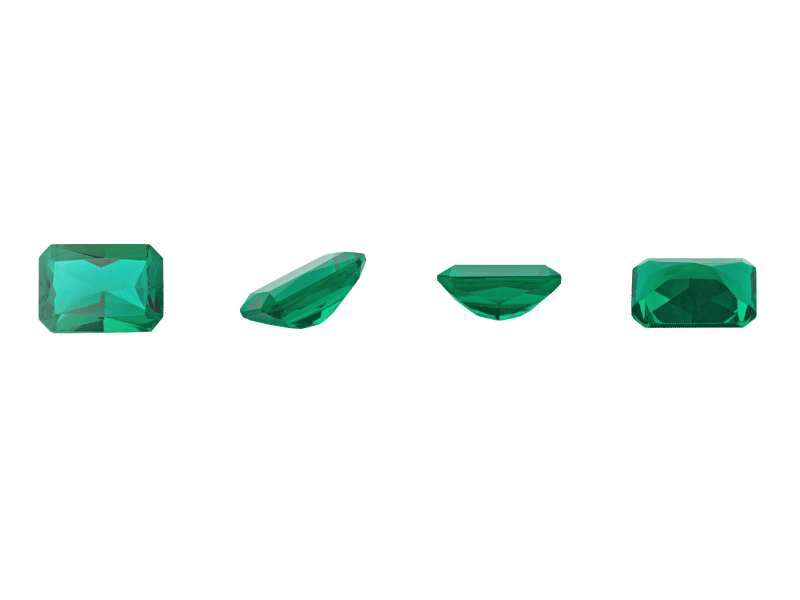Synthetic zirconium oxide differs from an artificial product (a man-made product with no known natural equivalent). This material can be qualified as synthetic because of its equivalent natural gem called baddeleyite.
Cubic zirconium is synthesized using a unique process: autocreuset synthesis.
Autocreuset growth
In 1964, the technique of autocreuset synthesis was developed to manufacture synthetic zirconium oxide (CZ or “Cubic Zirconia”). This process, invented by French scientists, led to the commercialization of zirconium oxide in 1973.
Since then, it has been considered an excellent imitation of diamond and colored stones in jewelry.
Functioning
A temperature of around 2750°C is required for the crystallisation of CZ. This temperature is so high that no material can withstand it except the zirconium oxide itself.
A previously melted and solidified zirconium oxide ceramic is used as a container (crucible). CZ powder is introduced into it. The container is heated by radio-frequency energy, melting only the content. A water circuit cools the crucible to keep it in solid form.
It is necessary to add 10-15% yttrium oxide or calcium oxide to the preparation in order to stabilise CZ’s crystallisation.
The introduced material creates seeds (seed crystals) and then crystallises into synthetic zirconium oxide. These crystals grow from the bottom to the top in columns. The device is lowered little by little in relation to the heating system. Then the raw materials are recovered, ready to be cut.

Synthetic zirconium oxide is a very pure material that can be produced in a wide variety of colors, depending on the chromogenic element introduced during the process.
CZ can be transparent to opaque. It is easy to handle because it is heat resistant and has a good hardness: 8.5 on the Mohs scale (scratches topaz, is scratched by corundum).
It has a brilliance and dispersion close to diamond, which makes it the best existing imitation of this exceptional material.
The density of CZ varies between 5.60 and 6.00 (diamond = 3.52). It is a very dense stone, which is its main difference with natural stones. This property is used in gemology for its identification.
Speaking of CZ… be careful, a surprise is coming!


